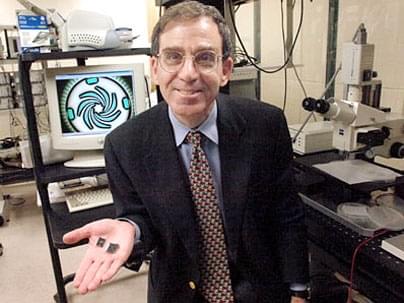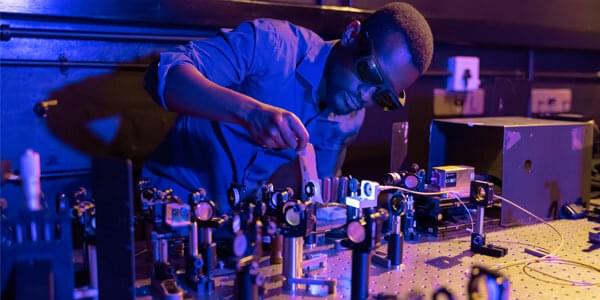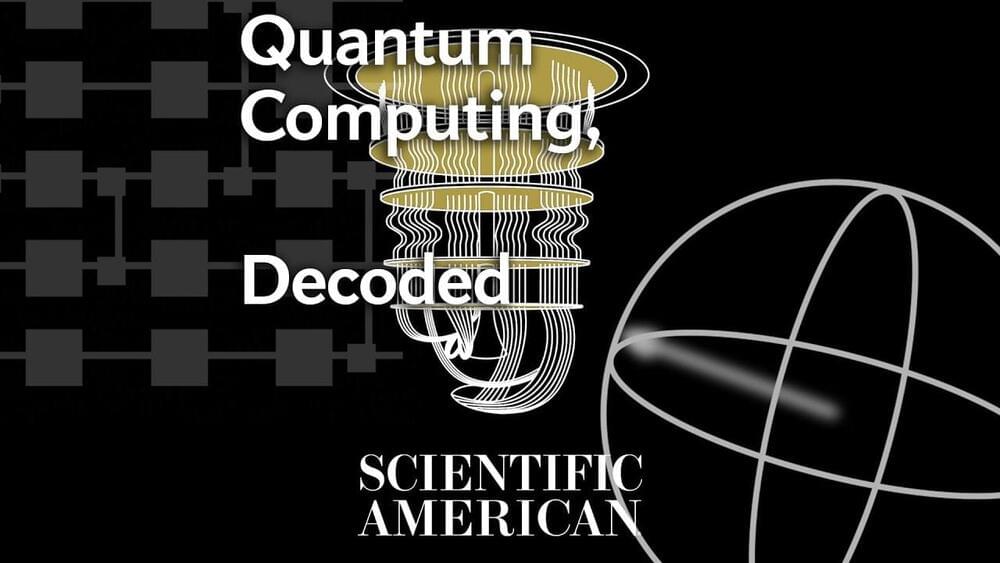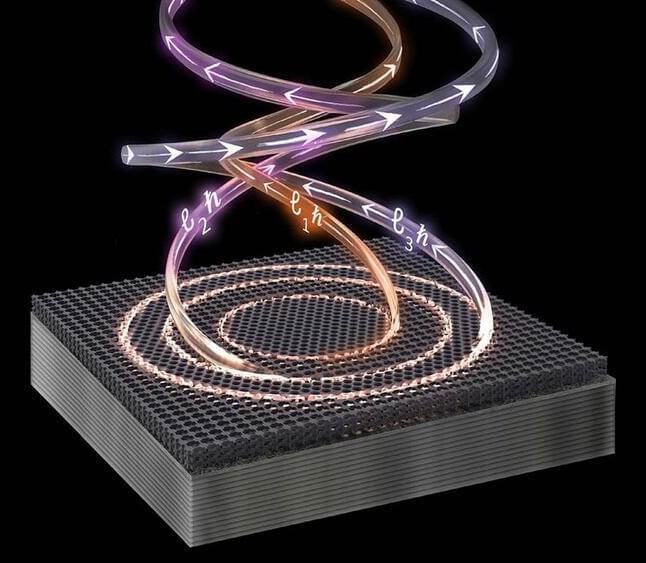Sep 9, 2021
Engine on a chip promises to best the battery
Posted by Quinn Sena in categories: computing, mobile phones
Circa 2006
MIT researchers are putting a tiny gas-turbine engine inside a silicon chip about the size of a quarter. The resulting device could run 10 times longer than a battery of the same weight can, powering laptops, cell phones, radios and other electronic devices.
It could also dramatically lighten the load for people who can’t connect to a power grid, including soldiers who now must carry many pounds of batteries for a three-day mission — all at a reasonable price.
Continue reading “Engine on a chip promises to best the battery” »


















